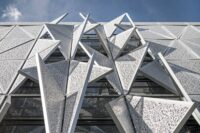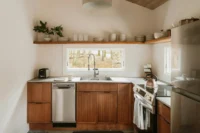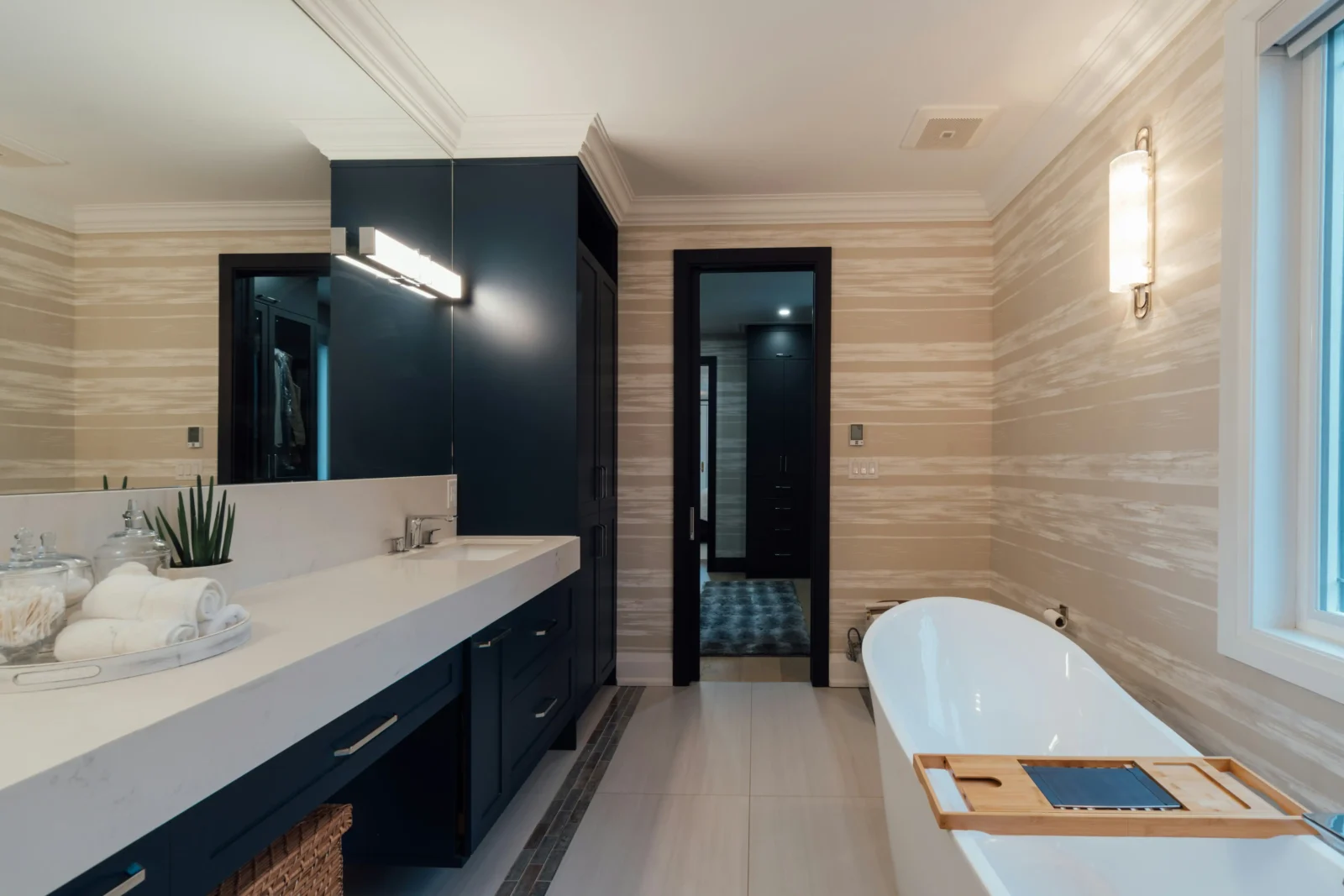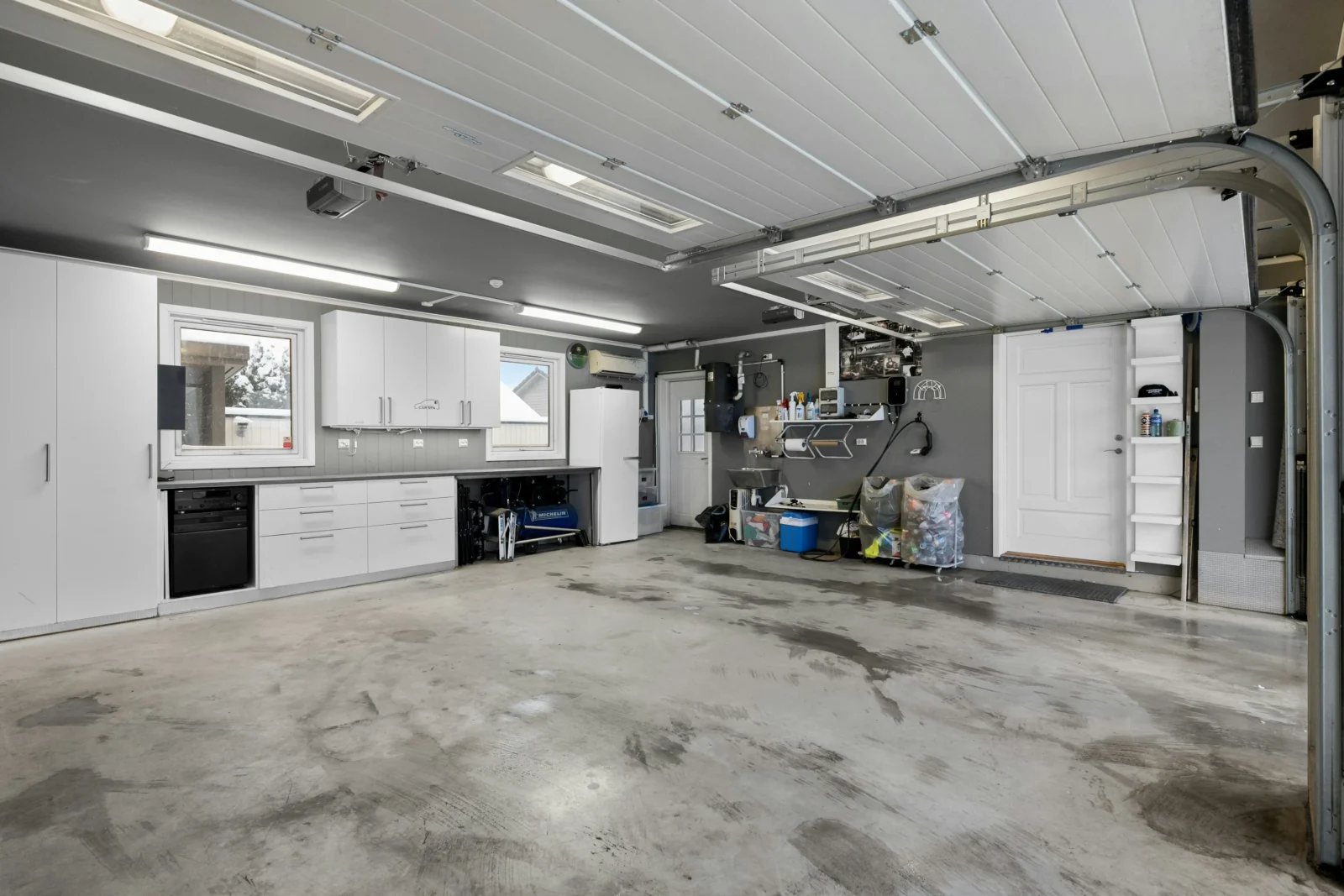- Home
- Articles
- Architectural Portfolio
- Architectral Presentation
- Inspirational Stories
- Architecture News
- Visualization
- BIM Industry
- Facade Design
- Parametric Design
- Career
- Landscape Architecture
- Construction
- Artificial Intelligence
- Sketching
- Design Softwares
- Diagrams
- Writing
- Architectural Tips
- Sustainability
- Courses
- Concept
- Technology
- History & Heritage
- Future of Architecture
- Guides & How-To
- Art & Culture
- Projects
- Interior Design
- Competitions
- Jobs
- Store
- Tools
- More
- Home
- Articles
- Architectural Portfolio
- Architectral Presentation
- Inspirational Stories
- Architecture News
- Visualization
- BIM Industry
- Facade Design
- Parametric Design
- Career
- Landscape Architecture
- Construction
- Artificial Intelligence
- Sketching
- Design Softwares
- Diagrams
- Writing
- Architectural Tips
- Sustainability
- Courses
- Concept
- Technology
- History & Heritage
- Future of Architecture
- Guides & How-To
- Art & Culture
- Projects
- Interior Design
- Competitions
- Jobs
- Store
- Tools
- More
Unveiling the Top Architecture Websites Benefits for Architects and Design Firms
Discover the essential benefits of architecture websites for design firms in the digital age. This article explores how a strong online presence showcases portfolios, connects with clients, and enhances brand identity. Learn about improved client engagement, cost-effective marketing strategies, and the power of SEO in increasing visibility.

In today’s digital age, having a strong online presence is essential for architects and design firms. Architecture websites serve as a dynamic platform to showcase our work, connect with clients, and establish our brand identity. By leveraging the power of the internet, we can reach a wider audience and make a lasting impression.
The benefits of an architecture website extend beyond mere visibility. They allow us to display our portfolio in a visually engaging manner, share insights through blogs, and highlight client testimonials. This not only builds trust but also positions us as thought leaders in the industry. As we explore the advantages of architecture websites, we’ll uncover how they can elevate our practice and enhance client relationships.

Table of Contents
ToggleOverview of Architecture Websites Benefits
Architecture websites offer numerous benefits that enhance our practices and client relationships. These platforms serve as a centralized location for our portfolios, providing clients with easy access to our work. Visual presentations of completed projects captivate potential clients and effectively demonstrate our design capabilities.

Architecture websites allow us to share insights through blogs, helping to establish our expertise. We can discuss trends, best practices, and innovative solutions, positioning ourselves as thought leaders within the industry. This content not only engages visitors but also improves our search engine rankings, making it easier for clients to find us.
Client testimonials featured on our websites build trust and credibility. Positive feedback from previous clients showcases our track record of success, encouraging new clients to engage with us. Highlighting successful collaborations reinforces our reputation and fosters confidence in our abilities.
Additionally, architecture websites enhance our branding. Consistent visuals, messaging, and tone create a cohesive identity that distinguishes us from competitors. A strong brand presence increases recognition and loyalty among clients, ultimately leading to more referrals and repeat business.
Lastly, architecture websites provide an interactive platform for communication. We can incorporate contact forms, chat features, and social media links. Direct interaction with clients streamlines inquiries, fostering relationships and improving overall client satisfaction.
Enhanced Accessibility
Architecture websites enhance accessibility, allowing architects to reach diverse audiences across geographical boundaries. These platforms ensure that our work is available to potential clients anytime, anywhere.

Broader Reach for Architects
Websites extend our reach beyond local markets, tapping into global opportunities. We connect with potential clients in different regions through targeted SEO strategies and social media integration. Examples of successful global outreach include projects showcased in international design competitions or collaborations with firms in other countries. By presenting our portfolios online, we attract a wider audience, increasing the chances of securing new projects and collaborations.
User-Friendly Navigation
User-friendly navigation on architecture websites improves client experience. Simplified menus and clear categories guide visitors to relevant content effortlessly. Essential information, such as services offered or project galleries, should remain easily accessible. Intuitive designs facilitate a smooth browsing experience, encouraging potential clients to explore more of our work. For instance, incorporating a search bar helps users find specific projects quickly, further enhancing user satisfaction and engagement.
Increased Client Engagement
Architecture websites significantly boost client engagement through various interactive features and showcases of projects. These elements create a dynamic platform that encourages potential clients to explore and connect with our work.

Interactive Features
Interactive features enhance user experience and engagement. Visitors can access tools like project galleries, 3D visualizers, and virtual tours. These tools allow clients to interact with our designs, creating a sense of ownership and excitement. Features such as comment sections or contact forms facilitate direct communication, enabling prospects to ask questions, provide feedback, or request consultations. Analytics tools help us track user behavior, giving insights into client preferences and interests. By integrating these features, we foster a more immersive environment that keeps clients engaged.
Showcase of Projects
A well-organized showcase of projects captivates clients and demonstrates our expertise. High-quality images and detailed descriptions highlight our best work, creating an appealing portfolio. Categorizing projects by type, style, or sector makes navigation easy for visitors. Including case studies adds depth, showcasing the problem-solving process behind each project. This approach establishes our credibility while allowing clients to envision how we can meet their needs. By keeping the showcase updated with recent and relevant work, we maintain interest and encourage returning visitors, ultimately boosting client engagement.
Improved Marketing Opportunities
Architecture websites provide enhanced marketing opportunities that can significantly elevate our visibility in the competitive design landscape. By leveraging digital strategies, we can effectively reach and engage our target audiences.

SEO and Online Presence
SEO strengthens our online presence, driving organic traffic to our architecture websites. By utilizing targeted keywords related to architecture and design, we can optimize our content, improving search rankings on search engines like Google. Regularly updated blogs and informative articles not only position us as thought leaders but also enhance our authority in the industry. Incorporating local SEO strategies allows us to target potential clients in specific regions, aligning our services with local demands. Structured data helps search engines understand our website content better, further improving visibility and increasing click-through rates.
Social Media Integration
Social media integration amplifies our marketing efforts by connecting our architecture websites with various platforms. Sharing project updates, design insights, and client testimonials on channels like Instagram, Facebook, and LinkedIn increases our reach and encourages audience interaction. Engaging content, such as behind-the-scenes videos and live Q&A sessions, fosters a community of followers interested in our work. Social platforms also drive traffic to our websites, allowing potential clients to explore our portfolios in depth. Utilizing unique hashtags can further enhance visibility, making it easier for users to discover our architectural services and projects.
Cost-Effectiveness
Architecture websites offer significant cost-effectiveness for firms. Websites eliminate many traditional marketing expenses, such as print advertising and physical promotional materials. Rather than spending on brochures or large-scale billboards, we can invest in a digital platform that reaches a broader audience at a fraction of the cost.

Websites provide 24/7 accessibility, allowing potential clients to explore portfolios at any time. This continuous availability reduces the need for in-person consultations and initial meetings, thus saving time and operational costs. We can highlight our expertise through blog posts without incurring the expenses of hosting workshops or seminars.
Incorporating SEO strategies also enhances cost-effectiveness. By focusing on organic search traffic, we can reduce reliance on costly ad campaigns. Properly structured content attracts potential clients who are actively searching for architectural services, leading to higher conversion rates without continual advertising spending.
Analytics tools further support cost-effectiveness. These tools allow us to track website performance and user behavior, enabling data-driven decisions. By understanding client preferences, we can refine our marketing strategies while minimizing wasteful expenditures. Investing in a well-designed architecture website ultimately yields long-term financial benefits while enhancing our market presence.
Conclusion
Establishing a strong online presence through architecture websites enhances our ability to showcase creativity and connect with clients effectively. These platforms not only facilitate the display of our portfolios but also build trust through client testimonials and expert insights shared in blogs.
Moreover, the advantages of these websites extend to enhanced accessibility and reach, allowing us to tap into global markets while targeting local clientele with effective SEO strategies. User-friendly navigation improves the client experience, guiding visitors seamlessly to relevant information.
Increased client engagement becomes a reality with interactive features, project galleries, and 3D visualizers. These tools enable clients to explore designs thoroughly, fostering a deeper connection to our work and encouraging repeat visits.
The marketing potential of our architecture websites is significant, as optimized content drives organic traffic while social media integration amplifies our visibility. These strategies position us favorably within the competitive design landscape.
Cost-effectiveness is another crucial benefit, enabling us to reduce traditional marketing expenses and improve accessibility. Comprehensive analytics tools empower us to make informed decisions that enhance operational efficiency and bolster our financial outcomes.
Ultimately, investing in a well-crafted architecture website leads to increased visibility, improved client relationships, and sustained growth for our practices.
- architect portfolio websites
- architect website SEO
- architecture firm online presence
- architecture firm websites
- architecture portfolio online
- architecture website design
- architecture website features
- benefits of architecture websites
- Best Websites for Architects
- design firm online solutions
- design firm websites
- digital marketing for architects
- modern architecture websites
- online platforms for architects
- top architecture websites
- web design for architects
- websites for architecture inspiration
I create and manage digital content for architecture-focused platforms, specializing in blog writing, short-form video editing, visual content production, and social media coordination. With a strong background in project and team management, I bring structure and creativity to every stage of content production. My skills in marketing, visual design, and strategic planning enable me to deliver impactful, brand-aligned results.
Submit your architectural projects
Follow these steps for submission your project. Submission FormLatest Posts
Top Modern and Stylish Bathroom Architectures In 2026
Bathroom design, much like other aspects of interior design, is always changing...
Exterior Enhancements That Turn Every Entrance Into A Showcase
The front of a home sets expectations before anyone touches the handle....
Are Organic Bamboo Sheets Worth the Investment?
When it comes to getting a good night’s sleep, the quality of...
Converting Garages to Living Spaces: Structural Changes That Require Professional Engineering
When considering a garage conversion to extend your home’s living space, understanding...












Leave a comment